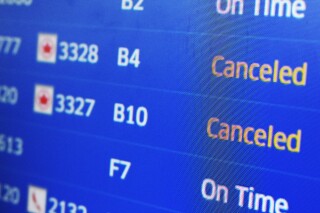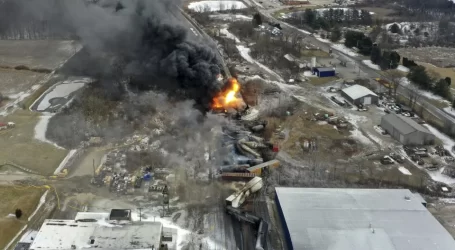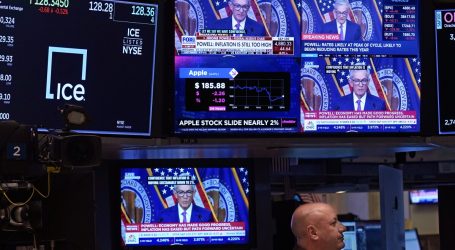Why do businesses keep raising their prices?

After two years of surging prices, economists still can’t agree on what has caused the world’s worst inflation crisis in decades.
While the usual culprits cited by economists include pandemic-era supply chain bottlenecks, the war in Ukraine, and various US economic policies, others say it’s due to “greedflation,” the idea that companies use higher inflation rates as an excuse to jack up prices and grow their margins.
However, according to preliminary findings in a New York Federal Reserve survey, there might be something else at play.
The survey of 700 businesses across New York, Atlanta and Cleveland found that strength of customer demand outranked all other factors that companies weigh when setting prices, including steady profit margins and overall inflation.
That means a business can essentially set prices as high as it wants, as long as they aren’t so high that they drive away the customer base. In other words, it’s Econ 101: Good, old-fashioned supply and demand.
More than 82% of businesses surveyed said demand factored into their pricing decisions, while only 52% of businesses said they take the overall rate of inflation into account when setting prices.
Are customers too willing to pay higher prices?
Customers have become trained to tolerate price hikes, said John Zheng, a professor of marketing at the Wharton School at the University of Pennsylvania.
“As a consumer during inflation, you know the costs for companies are increasing, so, therefore, you become more receptive to a higher price,” he said.
Approval of price increases could fuel even higher pricing in the future — a cycle that can be hard to break, said Zheng.
Mr. Mac’s mac and cheese restaurant in Manchester, New Hampshire tried boosting prices a little at a time to keep up with inflation in 2021, but it wasn’t enough to cover the cost increases to the business, vice president of operations Mark Murphy told CNN. Fearing customer backlash, the restaurant accepted smaller margins instead of pricing out their diners.
When the business finally hiked prices, Murphy said the decision was “painful.”
“We were looking at our sales and our orders daily, and we were checking every review to see what people were saying,” Murphy said. “It was very scary.”
Despite those fears, Mr. Mac’s elevated prices did not cut into business.
“What we ended up finding was customers may not have been happy about it, but they were not surprised. I think they kind of understood that prices are increasing. They see it everywhere they go,” he said.
Murphy said the restaurant has since raised prices more than once to keep up with inflation.
A potential break from high prices
Multinational companies Colgate, Procter & Gamble and PepsiCo have raised prices by double-digit percentages over the past year, according to their first-quarter earnings reports, outpacing the US inflation rate.
However, as the Federal Reserve hikes interest rates and the economy slows down, customers may soon be less keen to pay through the nose for goods and services, Zheng said.
Businesses may already be in tune with the change: Those surveyed by the New York Fed said they expect lower cost and price pressures in the coming year.
Emily Netti, a wedding photographer in Syracuse, New York, said she has raised prices by a few hundred dollars multiple times over the past two years to pay competitive rates to the additional photographers and editors she hires. However, she said she is mindful that her local customer base may soon want to cut back on expenses.
“I’ve started to slow down in my own market within Syracuse,” she said.
“I do see myself raising by $100 rather than $300 for now, so I can match the market.”











